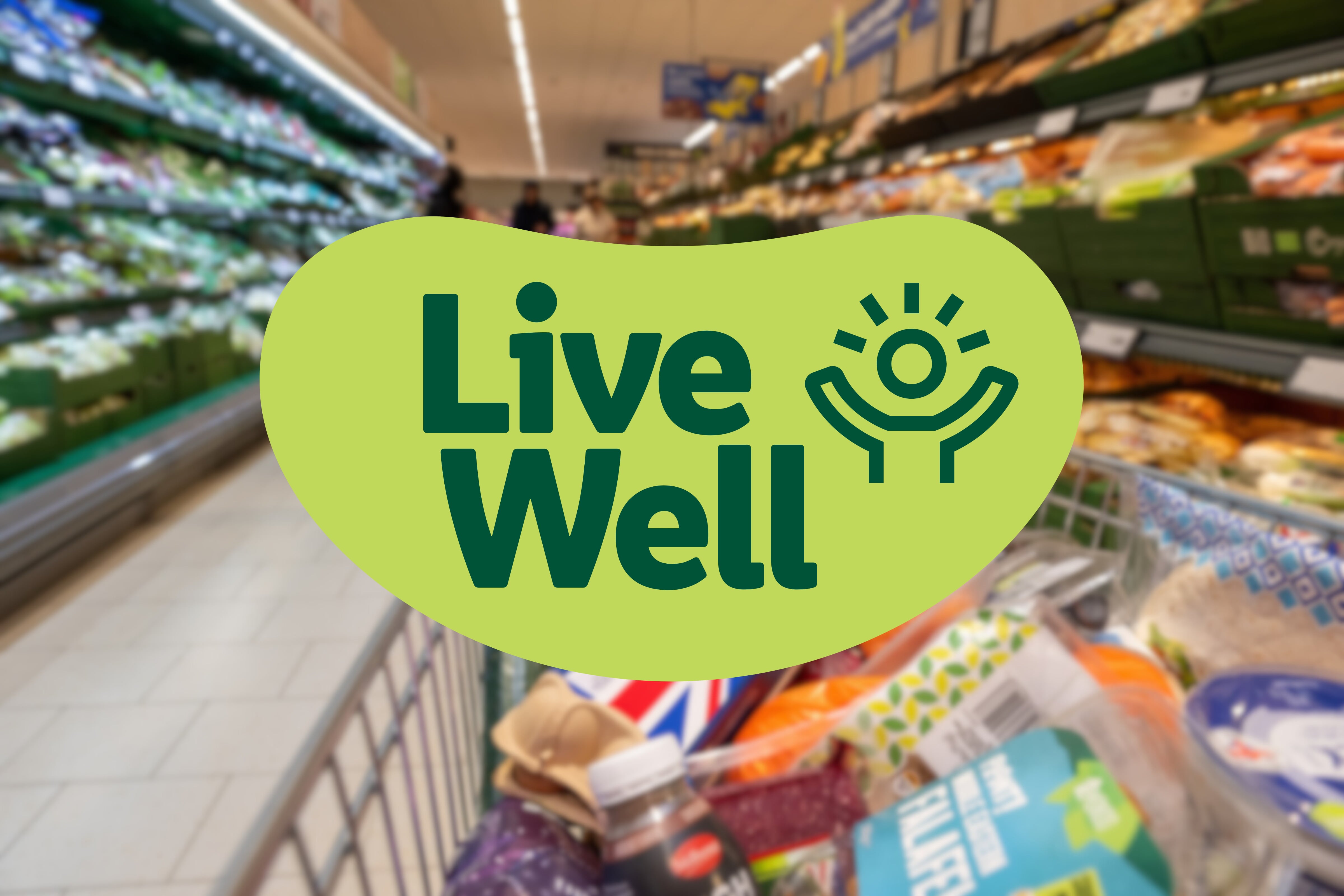In an exclusive webinar sponsored by AVEVA entitled ‘AI in Action - Real-world use cases for food businesses’, Food Manufacture heard from an expert panel about the emerging role of artificial intelligence (AI) in the food and drink manufacturing sector.
During an hour long discussion, which you can still watch for free, on-demand by registering here, the panel discussed the current use cases for AI, the benefits of AI and the role of data in building efficient and accurate models.
Our speakers also looked at the possible risks and costs associated with AI as well as the possible ethical concerns its raises.
Panel:
Ted Combs
Industry principal for consumer products, AVEVA
Paul Van Wymeersch
Head of marketing, Porky Whites
Craig Leadley
Chief executive, Institute of Food Science & Technology (IFST)
Glen Brittin
Head of technical, Gosh! Food
To kick off the session, Food Manufacture asked about the extent to which AI is already being used in the food and drink industry.
“In food and beverage, I have seen a huge uptick in the exploration of AI, and it is a sector leading many others,” Combs said.
“I would have to say that they’re all taking off like a sprint, so we’re seeing a lot of activity, a lot of engagement and quite a bit of success.”
At Porky Whites, Van Wymeersch explained that AI is being used in “lots of different ways” ranging from innovation and trend tracking to research.
It is a similar story at Gosh! Food, where Brittin has implemented an AI-enabled performance monitoring system.
“This OFS system monitors inputs and outputs on our lines and allows operators to generate downtime codes,” he said.
“Then the AI allows us to interrogate our own data and develop some fabulous insights into our performance or sometimes lack of performance.”
Finally, Leadley shared his perspective from his vantage point at the IFST.
“From talking to food industry people, lots are really excited about AI and they’re interested in exploring it, but many of them are still quite an exploratory phase,” he said.
“Many will be [using AI] in the factory already and not know it.”
Reaping the benefits of AI
While many food and drink firms are still in an exploratory phase, the panel was clear that AI tools are already bringing about benefits for the early adopters.
“Knowing your business and then harvesting the insights from AI has been really powerful for us,” Van Wymeersch said.
“It has transformed the way that we communicate with our buyers and retailers, right the way through to how we generate new ideas for NPD and how we present ourselves to market as well.”
Working with clients across the sector, Combs has seen a wide array of benefits that businesses are enjoying.
“I would say product quality and efficiency clear benefits, on top of sustainability too as you can optimise output in order to reduce waste,” he said.
“We are seeing it being used in unexpected fashions, and putting pressure on manufacturers to be more responsive and nimble.”
Leadley expanded, offering another potential benefit: “The big advantage is that AI can turn your data into faster decision making more efficiently and more holistically than a person can.
“You’ve got the potential to take data streams from all different aspects of your manufacturing process and potentially see interesting patterns and correlations that you wouldn’t otherwise spot.”
With all that said, Combs warned that AI tools are only as good as the data they are fed.
“The more data you have, the better your model is going to be, the better the output is going to be,” he said.
“And so this is an interesting period of time. I’m not going to tell any companies to slow down, but I say while you’re rushing out pursuing these things, make sure you’re getting your data in order.”
Risk awareness
While AI brings with it opportunity, it is important that food and drink firms also understand the potential risks and pitfalls.
“I think one of the main risks is that incorrect decisions are made because people aren’t understanding what the data is telling them, and not having an objective in mind,” Brittin said.
“There has to be an element of human understanding because we’re talking about business, and AI cannot run a business.”
Van Wymeersch added that businesses should avoid viewing AI as a “silver bullet”.
“It won’t solve all your problems and we should avoid an element in laziness creeping into certain areas,” he said.
Leadley agreed: “The biggest risk is that workers just assume the output is right and then act on it without getting that expertise. Look at some of the responses generated by ChatGPT and you can see the output is not always high quality.”
Meanwhile, there are ethical considerations that accompany the growing use of AI, such as its energy usage and potential to cause job losses in the future.
“On the topic of jobs, I want to remain optimistic,” Combs said.
“I think AI can make the sector more attractive, open up more markets and create more opportunities, while also acting as an enabler for smaller companies.”
However, Leadley offered some caution and said the sector needs to mindful of the possibility of people losing their jobs in the future.
“We have to be realistic and I think if there are areas of the production process that are highly automatable which could lead to job displacement,” he explained.
“On the positive side, I think it could create more interesting work.”
To hear more from the panel on these topics and more, sign up now to watch the webinar on-demand.





